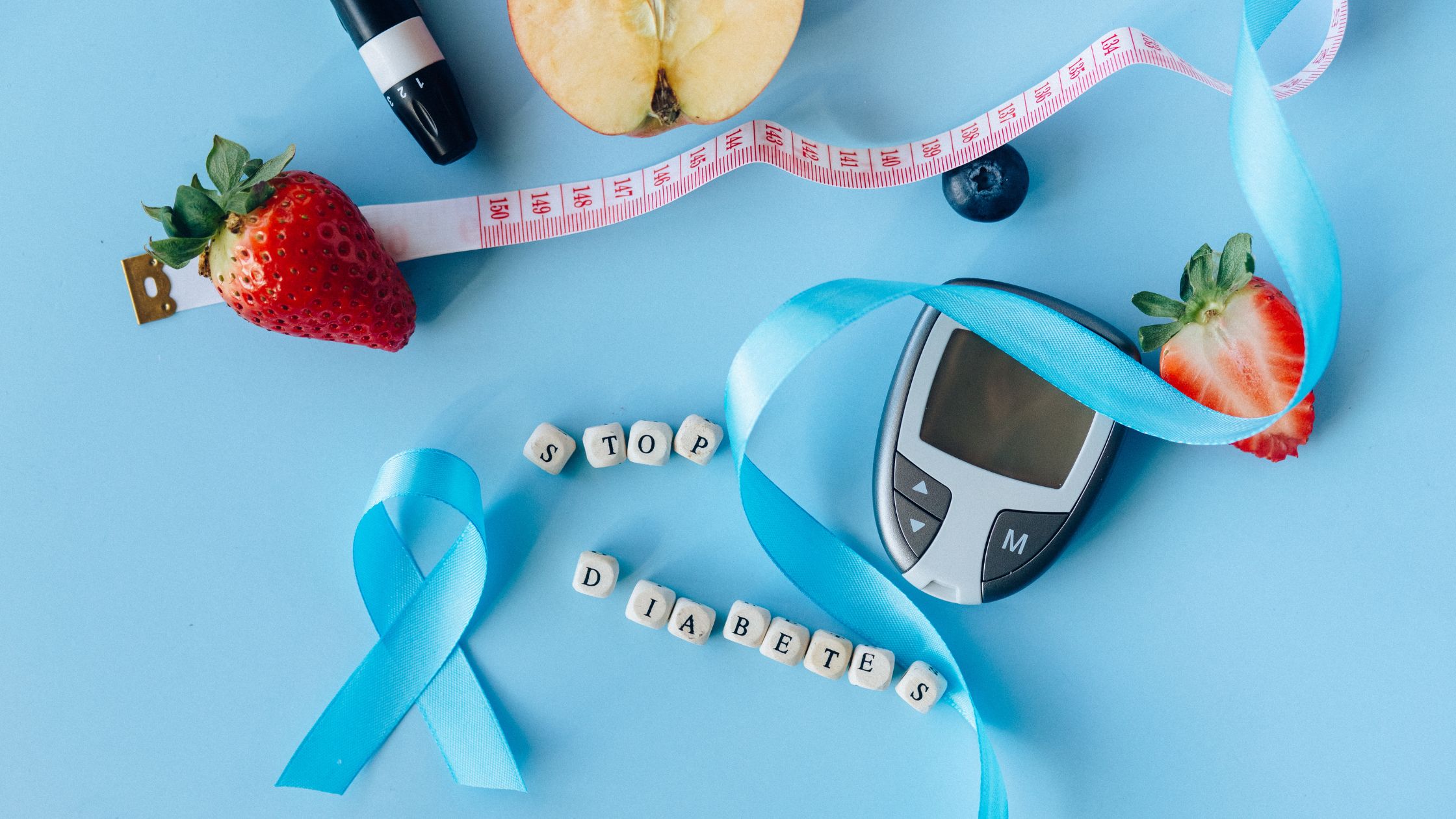November is Diabetes Awareness Month, and here’s something most people don’t know:
Type 2 diabetes doesn’t have to be a life sentence.
For decades, people were told that once you have diabetes, that’s it, you’ll manage it forever with medication.
But science has now turned that idea on its head.
We now know that Type 2 diabetes can go into remission, meaning your blood sugar levels can return to normal without medication.In many cases, your body can heal itself when given the right tools.
What’s Really Going On With Type 2 Diabetes
Think of insulin as a key that unlocks your cells so sugar (glucose) can move from your blood into your muscles and organs for energy.
In Type 2 diabetes:
The “locks” (your cells) get rusty and stop responding properly. This is called insulin resistance.
Your pancreas tries to keep up by producing more insulin.
Eventually, it can’t cope, and sugar builds up in your blood.
This can lead to fatigue, cravings, and, over time, serious complications affecting your heart, nerves, and vision.
Here’s the hopeful part: this process can be reversed, especially if you catch it early.
The Groundbreaking Research
Back in 2008, Professor Roy Taylor at Newcastle University made a discovery that changed everything.
He showed that Type 2 diabetes isn’t simply about being overweight, it’s about where fat is stored.
When too much fat builds up in the liver and pancreas, it stops them from doing their jobs properly.
In his landmark study:
Participants followed a low-calorie eating plan for 8 weeks and lost about 15 kilograms.
Within 7 days, their liver fat dropped by 30% and blood sugar levels returned to normal.
After 8 weeks, fat in the pancreas reduced, and normal insulin production came back.
Taylor called this the “personal fat threshold.” Everyone has a different limit for how much internal fat their organs can handle. Once you go below that threshold, your body starts to heal and diabetes can go into remission.
How Common Is Diabetes Remission?
Remission means your blood sugar levels stay in the healthy range for at least three months without medication.
A major U.S. study of over 120,000 people found that only 1.6% achieved remission over seven years.
But for those diagnosed less than two years earlier, remission rates were three times higher.
Why so few? Because most people simply don’t know it’s possible. They manage symptoms with medication instead of treating the root cause.
When people are supported to lose the right kind of weight, the results can be life-changing.
The Diets That Work for Reversing Diabetes
There’s more than one way to reach remission, but they all focus on one key thing:
Losing the excess fat stored in the liver and pancreas.
1. Bariatric Surgery
For people with severe obesity, metabolic (bariatric) surgery can trigger remission in up to two-thirds of patients within one to two years.
It’s effective but invasive and it proves how powerful weight loss can be for restoring metabolic health.
2. Low-Calorie, Whole-Food Diets
The famous DiRECT trial in the UK showed that diet alone can work wonders.
Nearly half of participants reversed their diabetes by losing 10–15kg through an intensive food plan.
After one year, 46% were in remission; after two years, 36% still were.
3. Low-Carb and Ketogenic Diets
This is where Real Meal Revolution comes in.
Low-carb and ketogenic (keto) diets have become one of the most promising non-surgical approaches for diabetes reversal.
Here’s why:
It lowers blood sugar and insulin levels
By cutting down on carbohydrates, your blood sugar stops spiking and your body doesn’t need to produce as much insulin.
Studies show fasting blood sugar can drop by around 1.3 mmol/L, and HbA1c (the 3-month average measure) by about 1%.
It improves insulin sensitivity
In 2024, a study found that after just three weeks on a ketogenic diet, people with obesity became significantly more sensitive to insulin, meaning their cells started using sugar more efficiently again.
It reduces or even eliminates medication
In one long-term study, 60% of participants using insulin were able to stop it completely after switching to a keto approach.
Nearly half achieved full remission within a year.
It targets belly fat
Keto helps your body burn stored fat for energy, especially the stubborn fat around your organs.
It also improves triglycerides and raises HDL (“good” cholesterol), which means better heart health and improved energy.
The Bottom Line
Here’s the truth:
Type 2 diabetes doesn’t have to define your life.
We now understand the science. When you lose the excess fat in your liver and pancreas, your body can often return to normal blood sugar control.
The earlier you take action, the better your chances. But even if you’ve had diabetes for years, the right lifestyle changes can still:
Lower blood sugar
Reduce or remove medication
Boost your energy
Decrease your risk of long-term complications
At Real Meal Revolution, we’ve helped thousands of people do exactly this with our low-carb, real-food programs.
This Diabetes Awareness Month, don’t just manage your diabetes take steps to reverse it.
Learn More
🔹 Read: Banting is now being used in Australia to reverse diabetes
🔹 Explore our Kilo Kickstart Program
🔹 Read Fritz Dittmann’s success story on how he normalised his insulin levels with a Banting lifestyle
With Power,
Team RMR
References
Taylor R. Twin Cycle Hypothesis, Diabetologia (2008)
Lim EL et al. Reversal of type 2 diabetes, Diabetologia (2011)
Lean ME et al. DiRECT trial, The Lancet (2018)
American Diabetes Association, Consensus on Diabetes Remission (2021)
Virta Health 2-Year Study, Frontiers in Endocrinology (2019)
Meta-analysis: Ketogenic Diets for Type 2 Diabetes, Nutrients (2020)


